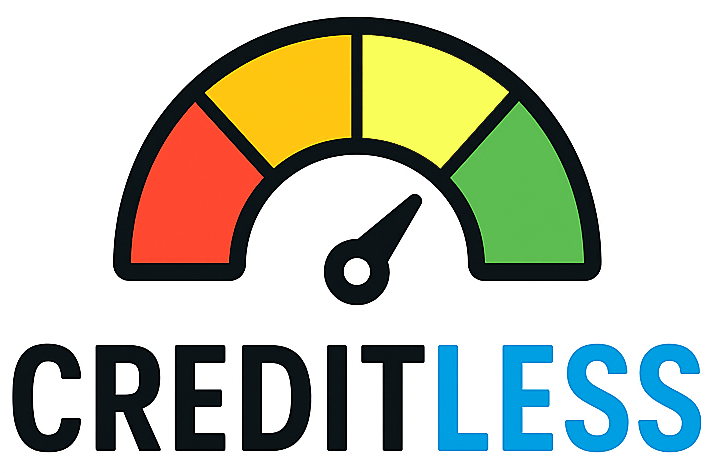Why this matters now
Credit scores are no longer driven only by credit cards, mortgages and loans. In 2024–2025 major reporting trends and model updates have pushed alternative payment data — notably rent, utility payments and certain buy‑now‑pay‑later (BNPL) accounts — into mainstream scoring conversations. For many consumers this shift can help make on‑time recurring payments count toward credit building; for others it introduces new privacy, accuracy and surprise‑reporting risks.
Reporting practices and scoring treatments vary a lot: some programs place data on all three national credit files, some only on one bureau, and scoring firms (including FICO and the bureaus themselves) are experimenting with how to weigh this information. That means both the opportunity and the downside depend on who reports, which bureaus receive the data, and which scoring model a lender uses when evaluating you.
Rent reporting: real upside — with important caveats
What it is: Rent reporting means on‑time (and sometimes late) rental payment activity is furnished to one or more credit reporting agencies so it appears on your credit file. Participation comes from property managers, third‑party rent‑reporting platforms (and, increasingly, direct tenant opt‑ins).
Potential benefit: When rent is reported and scored, many consumers — especially those with thin or no credit files — see meaningful score gains because a steady, on‑time rent history adds positive payment history and account diversity. TransUnion and media reporting show growing adoption by landlords and property managers and document that some renters have received sizable boosts after starting to report rent payments.
Key caveats:
- Not all reporting reaches all three bureaus. Some services report only to one or two bureaus — so a boost on one file may not show everywhere.
- Cost and vendor differences matter. Some platforms charge fees to tenants; some are paid by landlords. Verify exactly which bureaus are being furnished to before you enroll.
- Negative outcomes are possible. Late or disputed rent that turns into a collection can harm your file just as much as on‑time rent can help it.
Practical step: Ask property managers whether they report rent and to which bureaus. If you use a third‑party rent service, confirm whether it reports to Experian, Equifax and TransUnion, and whether reporting is automatic or tenant‑opt in.
Utilities and "boost" tools: how Experian Boost works — and its limits
Some fintech features let you add utility and phone payments to your credit file by connecting bank accounts or service providers. The best‑known example is Experian Boost, which lets consumers permit Experian to scan eligible bank transactions and add qualifying utility and phone payments to their Experian credit report — which can raise scores calculated from that bureau's data.
Important limits: Experian Boost affects only Experian files (not Equifax or TransUnion) and only the scoring products that use Experian data and accept the Boost input. That means any score lift is real but selective — it may help certain lenders’ evaluations and not others. Also, Boost requires linking bank accounts (a privacy consideration) and only captures payments that meet Experian's criteria.
Recommendation: If you consider a boost tool, weigh the likely benefit against privacy tradeoffs (what access you must grant) and the fact that the improvement may be limited to one bureau. Keep bank‑based records of utility payments and ask your utility provider whether they offer direct reporting options (some do through third‑party partners).
BNPL (Buy Now, Pay Later): from off‑report to likely inclusion — what to expect
Historically, most BNPL transactions have not been reported as tradeline accounts to the major credit bureaus, so they neither helped nor directly harmed typical credit scores — unless unpaid BNPL debt was sent to collections. That is changing: scoring firms (notably FICO) and some BNPL providers have conducted studies and begun pilot programs to add BNPL installment data into credit files in a way that appropriately reflects the small‑loan characteristics of BNPL.
Recent developments: In 2024–2025 FICO released analysis and began moving toward treatments that will include BNPL data in some FICO models; news coverage in 2025 indicates BNPL inclusion could appear in broader use later in the year — but adoption depends on whether BNPL firms furnish data to the bureaus and whether lenders choose to use the new models. In short, inclusion is becoming possible and in some cases imminent, but its practical effect will vary across consumers and lenders.
Consumer takeaway: If BNPL accounts start appearing on credit files in your case, responsible use (on‑time payments, avoiding stacking multiple BNPL loans) may help build a positive short‑term installment history; missed BNPL payments can be reported to collectors and damage scores just like other unpaid obligations.
Practical checklist: what to do next
- Find out what’s already being reported about you. Pull free credit reports from AnnualCreditReport.com and review each bureau’s file for rent, utility or BNPL entries.
- Confirm reporting scope before you enroll. Ask rent reporting services or your landlord which bureaus they send data to and whether they report both on‑time and late payments.
- Keep documentation. Save receipts or bank records of on‑time rent and utility payments in case you need to dispute missing or incorrect entries.
- Use Boost/opt‑in tools carefully. Weigh potential score benefits against privacy and limited coverage (for example, Experian Boost applies only to Experian files).
- Treat BNPL like credit. Make payments on time and avoid opening multiple BNPL plans at once — reporting is changing, and responsible behavior prevents surprises.
Bottom line: Alternative data (rent, utilities, BNPL) is creating opportunities to build credit for many consumers but also raises complexity. The impact on an individual's score depends on who reports, which bureaus receive the data, and which scoring model a lender references — so monitor all three credit files, read vendor terms, and document your payments.
